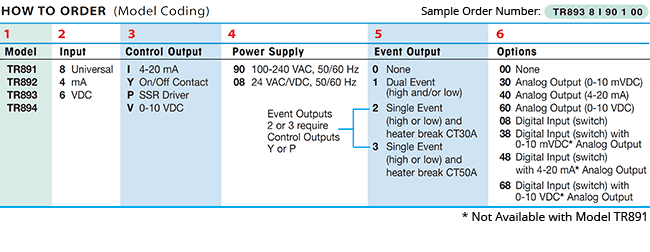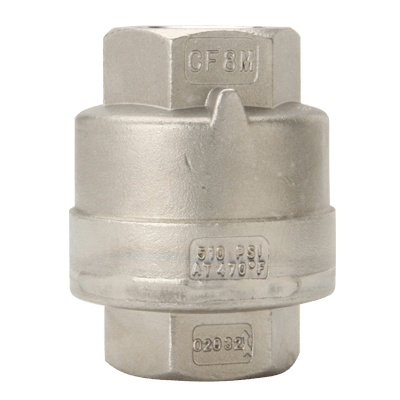Description
Electronic PID Controllers are designed for use on applications where large load changes are expected. Or where extreme accuracy and fast response times are needed.
PID Control is a feature of Watson McDaniel TR890 Electronic Controllers. PID combines the proportional, integral and derivative functions into a single unit.
- Proportional (P) — Proportional controls react to the size of the deviation from set point when sending a corrective signal. The size of the corrective signal can be adjusted in relation to the size of the error. Just change the width of the proportional band. A narrow proportional band will cause a large corrective action in relation to a given amount of error, while a wider proportional band will a cause smaller corrective action in relation to the same amount of error.
- Integral (I) — Integral control reacts to the length of time that the deviation from set point exists when sending a corrective signal. The longer the error exists, the greater the corrective signal.
- Derivative (D) — Derivative control reacts to the speed in which the deviation is changing. The corrective signal will be proportional to the rate of change within the process.
- Auto-Tuning will automatically select the optimum values for P, I and D, thus eliminating the need for the user to calculate and program these values at system startup. This feature can be overridden when so desired. On some models, the control element can be manually operated.






